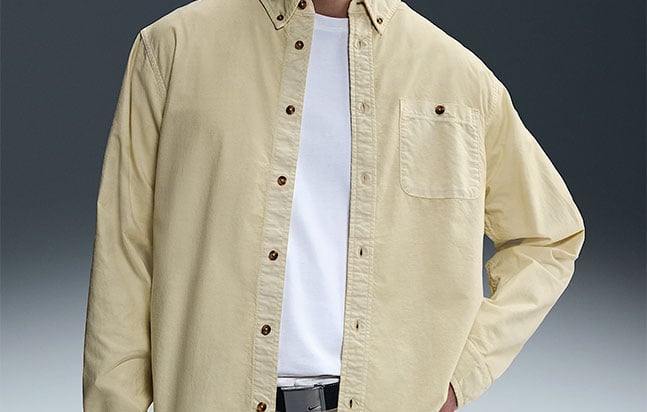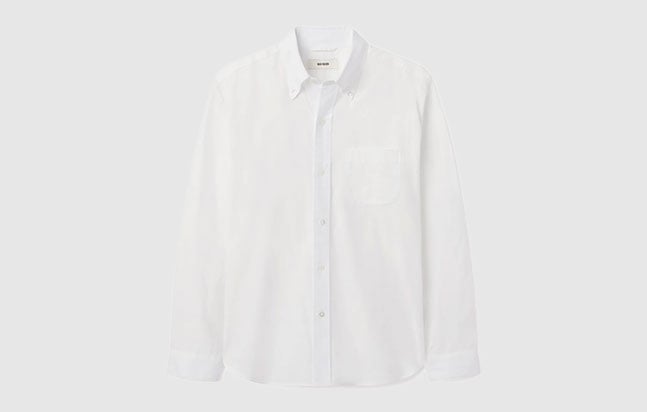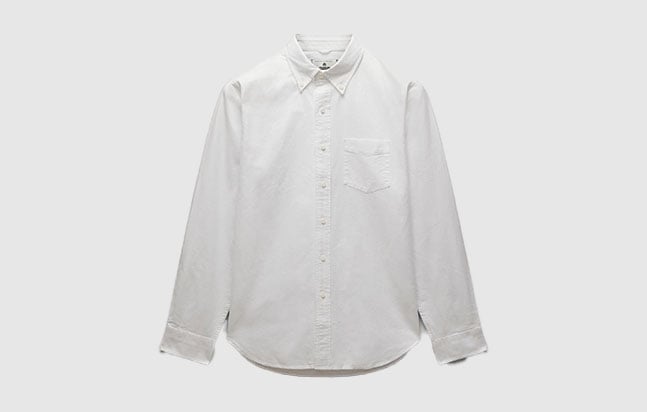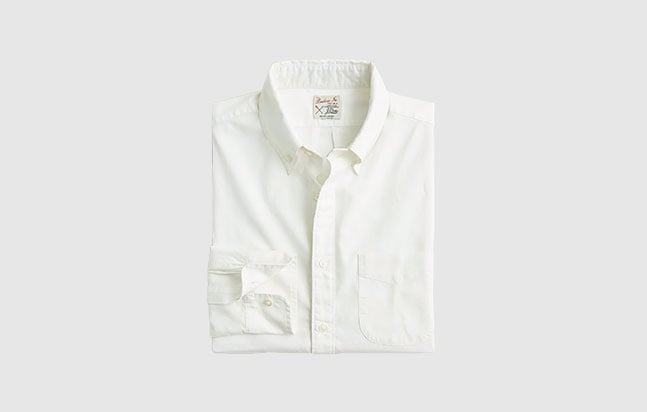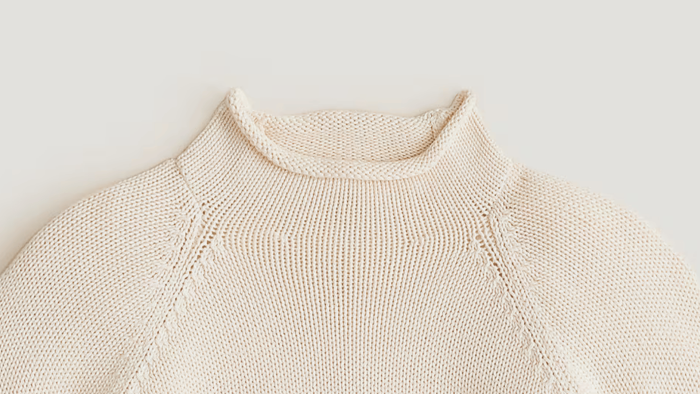More and more, I’ve found myself looking at my closet and realizing just how much stuffI have. I have shirts I only wear with a suit and others I will only wear to the beach. I have pants which are my “good pants” and I hardly ever wear them. Then I have shorts from Wal-Mart I don’t mind wearing around the farm. Each occasion has been an excuse for me to purchase more when, in reality, I should just be wearing what I already have and actually live in my clothes.
I’ve begun to do just that and, in the process, have pared down my shirts to the bare necessities. I got rid of the busy checkered shirts from my office days, threw out the bright pinks and yellows that don’t really flatter my complexion, and stuffed them all in a trash bag for Goodwill. And in the end, I was left with a realization: A few good Oxford shirts are all you need.
What Is an Oxford Shirt?
Now, the term Oxford gets thrown around a lot and many people confuse any old button-down for the collegiate-sounding garment. But in reality, there are a few key differences between an Oxford and other types of shirts.These differences can include:
Fabric: An Oxford shirt is typically made from Oxford cloth, a type of woven fabric that combines a basket-weave structure with a slightly textured appearance. Over the years, this isn’t always the case, but Oxfords tend to be constructed from a thicker, hardier fabric.
Button-Down Collar: One of the most recognizable features of an Oxford shirt is its button-down collar. The collar points are fastened to the shirt using small buttons, giving the collar a neat and secure appearance. This feature originated from the practical need to keep the collar in place while playing sports like polo or tennis.
Texture: The weave of the Oxford cloth gives the shirt a distinctive texture that sets it apart from smoother fabrics, due in part to its use of yarns in alternating thickness. This texture adds visual interest and depth to the shirt’s appearance.
Durability: Oxford cloth is known for its durability, making Oxford shirts well-suited for regular wear. The fabric’s construction helps it resist wrinkling and maintain its shape even after multiple washes.
Chest Pocket: Many Oxford shirts come with a single chest pocket on the left side. While this pocket is often considered a functional element, it also adds a touch of style to the shirt.
How to Style Your Oxford Shirt
Because of its versatility, styling an Oxford is incredibly easy and doesn’t require much thought. When it comes down to it, you’ll want to buy a couple colors (white is classic, but navy or a pastel works well too) and I opt for buying two sizes, too. I buy my actual size, and then you’ll usually find one in an oversized option for a casual look that plays with proportions a bit.
The key to styling an Oxford when you’re not dressing it us is to not overthink it at all. With a fit that’s complementary for most body types (and the durable fabric helps to hide excess weight at the midsection a bit too), you can walk out the door with an Oxford and a light pair of jeans in just about any weather. Because of the perceived formality of a button-down shirt, I usually contrast this with a loafer (always sans socks) or a nice trainer. Sometimes I roll up the jeans a little above the ankle and throw on a grey crewneck if it’s chilly outside. The buttoned-down collar tucks perfectly into a sweater.
For an even more casual look, an oversized Oxford with a pair of shorts is my go-to in the Summer months. Here, playing with proportions is key, so you will often find the front of the Oxford tucked into a pair of short shorts and maybe a nice tasseled loafer to add some texture throughout the outfit. To further expand on a theme, I’ll throw on a baseball cap and call it a day. No thought behind the look; just vibes.
Now of course, you can get away with an Oxford underneath a suit. Maybe not a tuxedo, but, really, how often are you wearing one of those anyway? A well-fitting white Oxford has a lot of the same appeal as a more formal dress shirt but with a bit more comfort and shows you’re dressed up – but you’re not taking yourself too seriously. Because an Oxford has just a smidge of a relaxed feel compared to proper dress shirts, it’s best to go with a suit that’s tailored or with a modern fit, to avoid looking too shlubby.
With sustainability and cutting down on excess being at the forefront of my buying habits nowadays, having a couple key pieces just seems to make sense. With the old adage of “buy less and buy better” ringing in my head, I’m looking at these two Oxfords to supply me with endless outfit options for seasons to come.
The Best Oxford Shirts You’ll Wear Day-in and Day-out
Le Alfré Le Blanc White Oxford Shirt

A crisp white Oxford is the backbone of any guy’s wardrobe, and Le Alfré’s version is built to last. Cut from premium Portuguese cotton and crafted by the country’s oldest shirtmaker, it’s the perfect balance of durability and effortless style—from boardroom to bar.
Nike Life Oxford Shirt
Nike Life’s Oxford Shirt is built for whatever your day throws at you. Made from soft, breathable chambray with a roomy fit, it’s effortlessly versatile—button it up for polish or wear it open for laid-back cool. Timeless style, built to last.
Buck Mason California Oxford BD Shirt
Buck Mason always nails the old school collegiate look and their California Oxford is no different. It’s a classic button down that feels both lived-in and refined. Whether you’re sporting a tweed jacket or just wearing it over some selvedge denim, you’ll be looking great.
Reigning Champ Cotton Oxford Windsor Standard Shirt
Reigning Champ’s Oxford Buttondown is the definition of everyday versatility. Cut from all-season cotton with a classic fit, it’s built for anything—work, weekends, or whiskey nights. Finished with faux horn buttons, a chest pocket, and a crisp box pleat for effortless style.
J. Crew Broken-in Organic Cotton Oxford Shirt
The Oxford button-down is a timeless essential, and this Broken-in Oxford from J. Crew takes it up a notch. Made from ultra-soft organic cotton, it feels like an old favorite from day one. Lightweight, comfortable, and packed with Ivy League charm—effortlessly cool, sustainably made.


